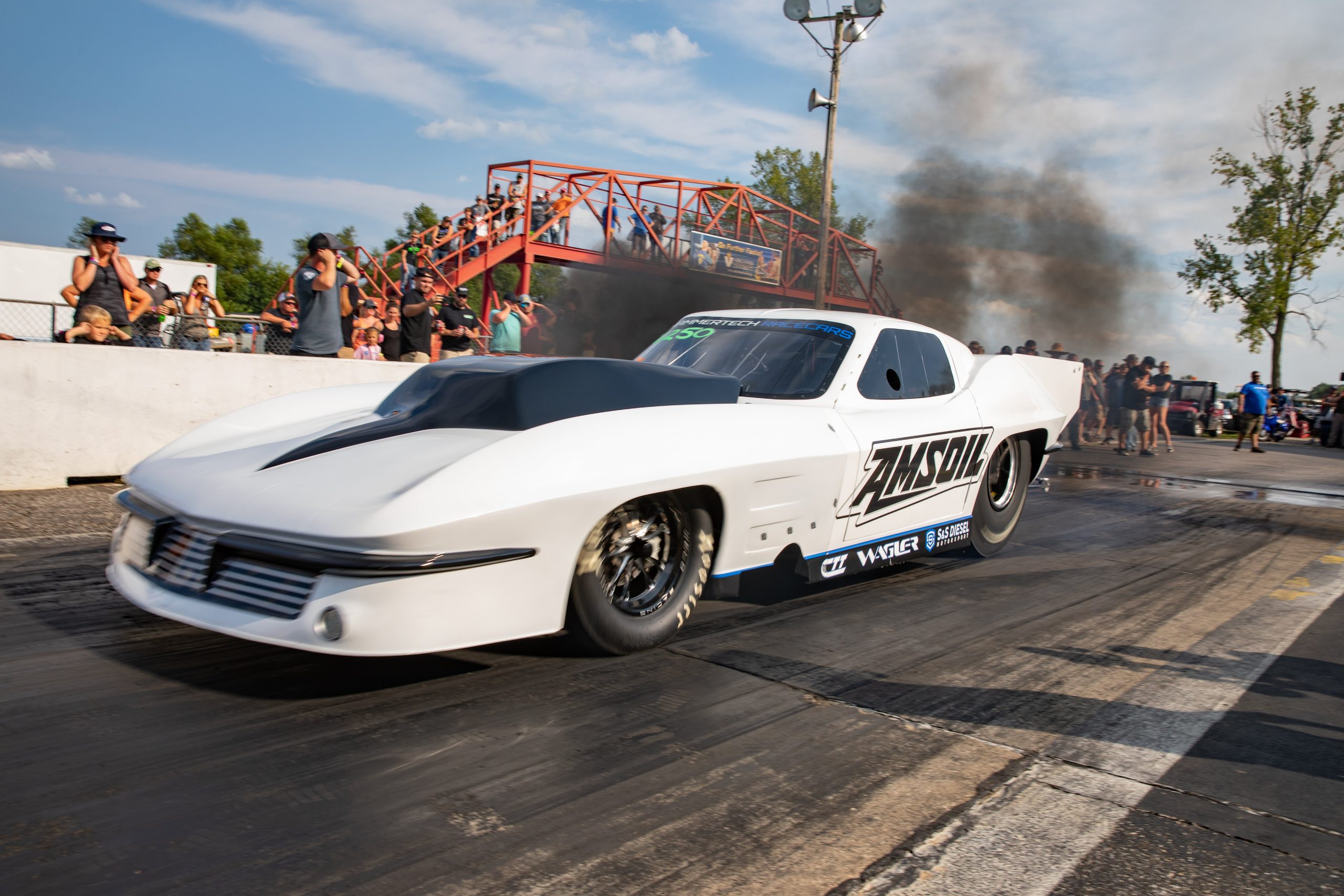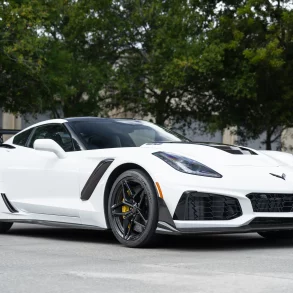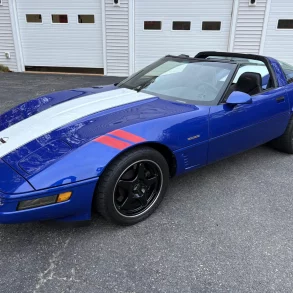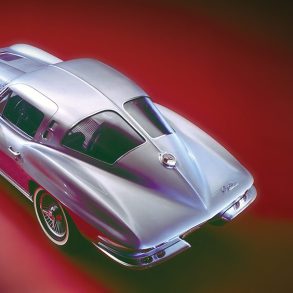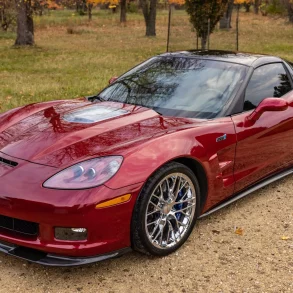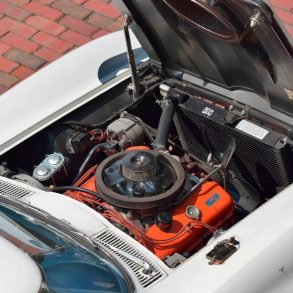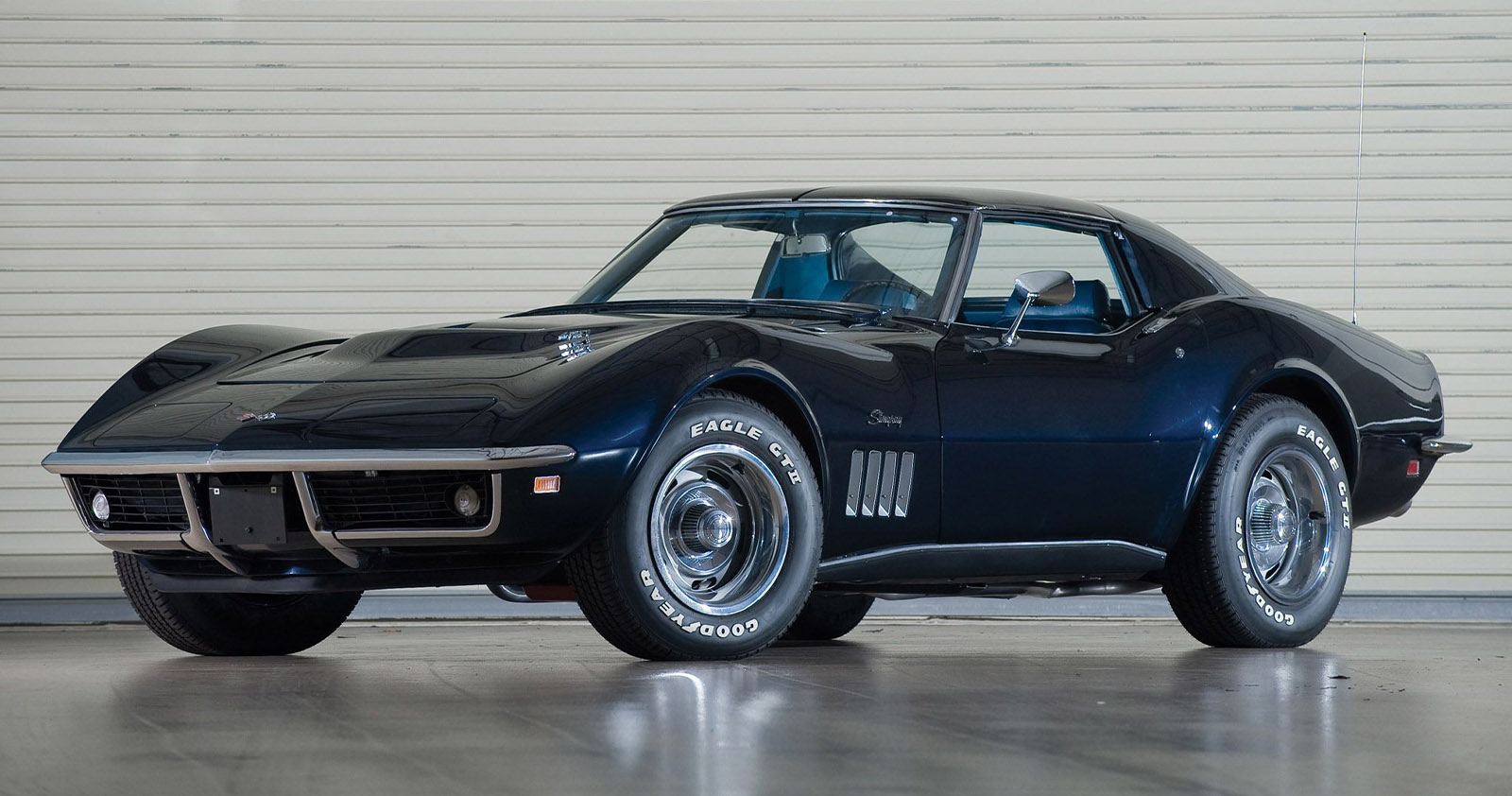When most people think about the Chevrolet Corvette, they picture something sleek, fast, with a small block V8 under the hood and unapologetically American. But there’s a small group of builders out there who’ve taken a very different approach. Instead of chasing redline glory, they’re diving deep into diesel power. That’s right, diesel-swapped Corvettes are a thing, and they’re wild in all the best (and sometimes most confusing) ways.
These builds may not be for everyone, but they’re a fascinating look at what happens when torque takes priority over tradition. Let’s dig into why some folks are swapping diesel engines into ‘Vettes, the tuning rabbit hole it opens up, and what kind of legal headaches you might encounter along the way.
Why Diesel? It’s All About the Torque
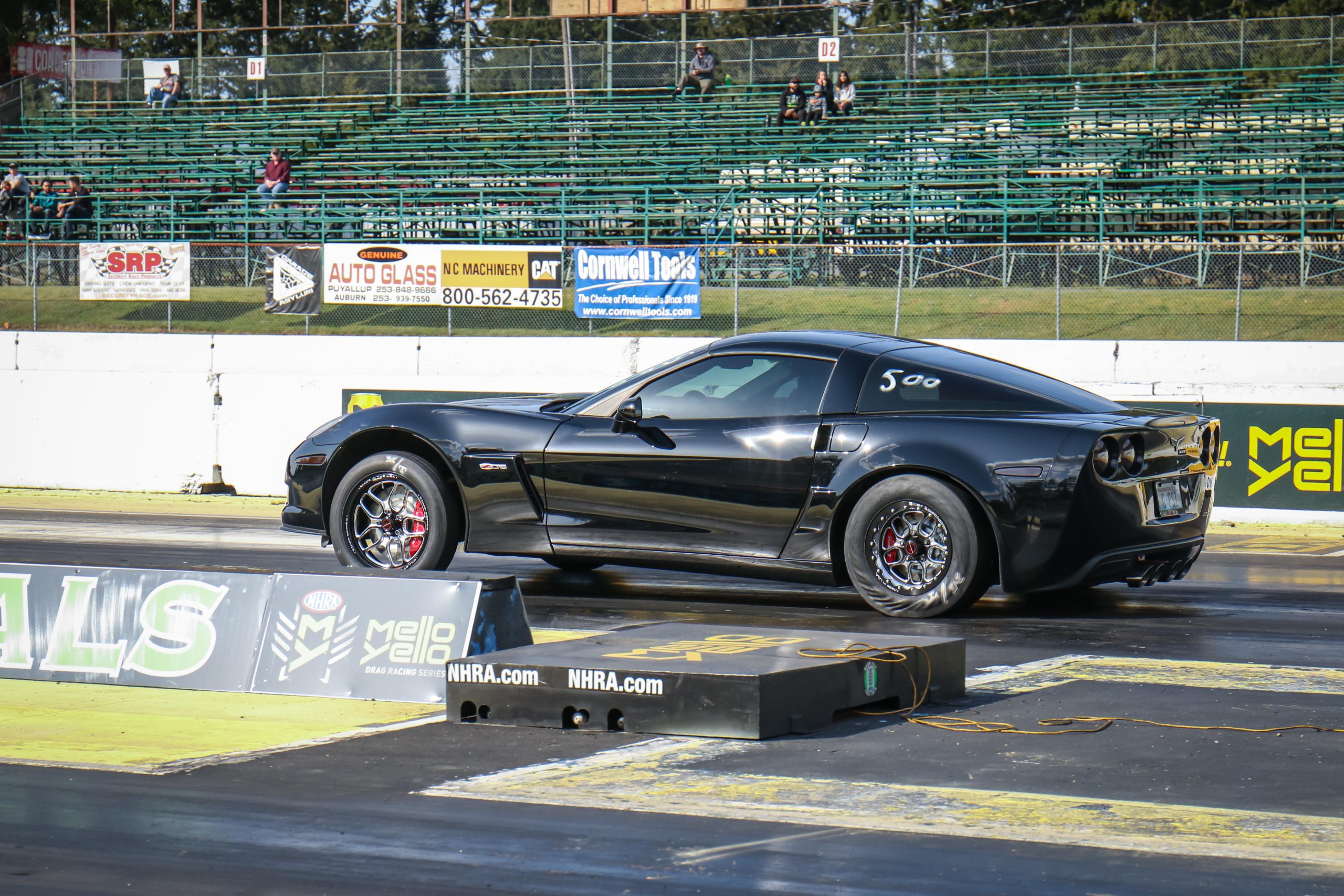
Swapping a diesel engine into a Corvette sounds like something that started as a joke, but once you start looking at the benefits, it begins to make a bit more sense. Diesel engines are known for low-end torque, serious durability, and surprisingly solid fuel economy. And while none of that screams “sports car,” the performance payoff can be real, especially in the right hands.
Some builders want a drag strip monster that launches like a freight train. Others are chasing something a little more offbeat: a high-mileage cruiser with unique character. Then there are those who just love the idea of rolling up to a car show in a C3 Corvette puffing diesel smoke and hearing, “Wait… what?”
Popular swap choices include GM’s 6.5L diesels, 12-valve Cummins motors, and Ford’s Powerstroke V8s. The Powerstroke, in particular, has become a go-to for people who want a serious torque boost and plenty of aftermarket support.
Tuning, Deletes, and Diesel Drama
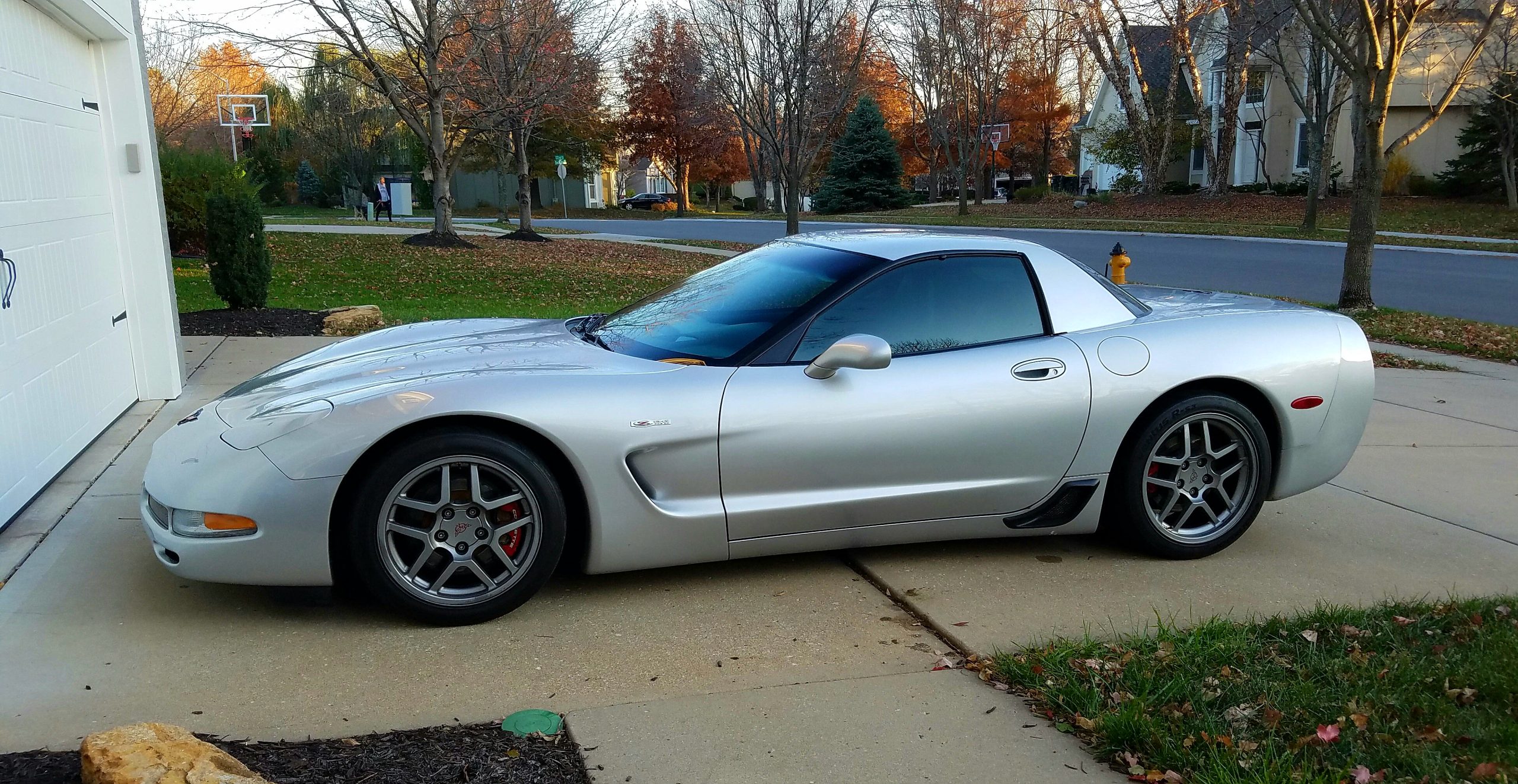
Now, here’s where things get tricky. Diesel swaps aren’t just about bolting in a new engine and calling it a day. Modern diesel engines come with a laundry list of emissions systems, DPFs, EGR valves, SCR systems, DEF injection, you name it. These systems are designed to meet strict emissions standards, but they also limit performance and add complexity to tuning.
This is why many diesel builds, especially in off-road or track-only applications, involve emissions deletes. These systems are removed or bypassed to simplify tuning, reduce backpressure, and boost performance. However, this comes with caveats. In most regions, deleting emissions equipment is illegal on vehicles driven on public roads. Still, for off-road-only builds or race cars, builders often opt for Powerstroke delete kits & exhaust systems to unlock the full potential of their diesel engine.
But be warned, tuning a diesel engine is a lot more delicate than tuning a gas motor. Fuel delivery, turbo timing, and injector pulse width all play into how much power you can make (and how long the engine will survive). So if you’re going down the diesel rabbit hole, make sure you’re working with a tuner who knows their stuff.
What You’re Really Signing Up For
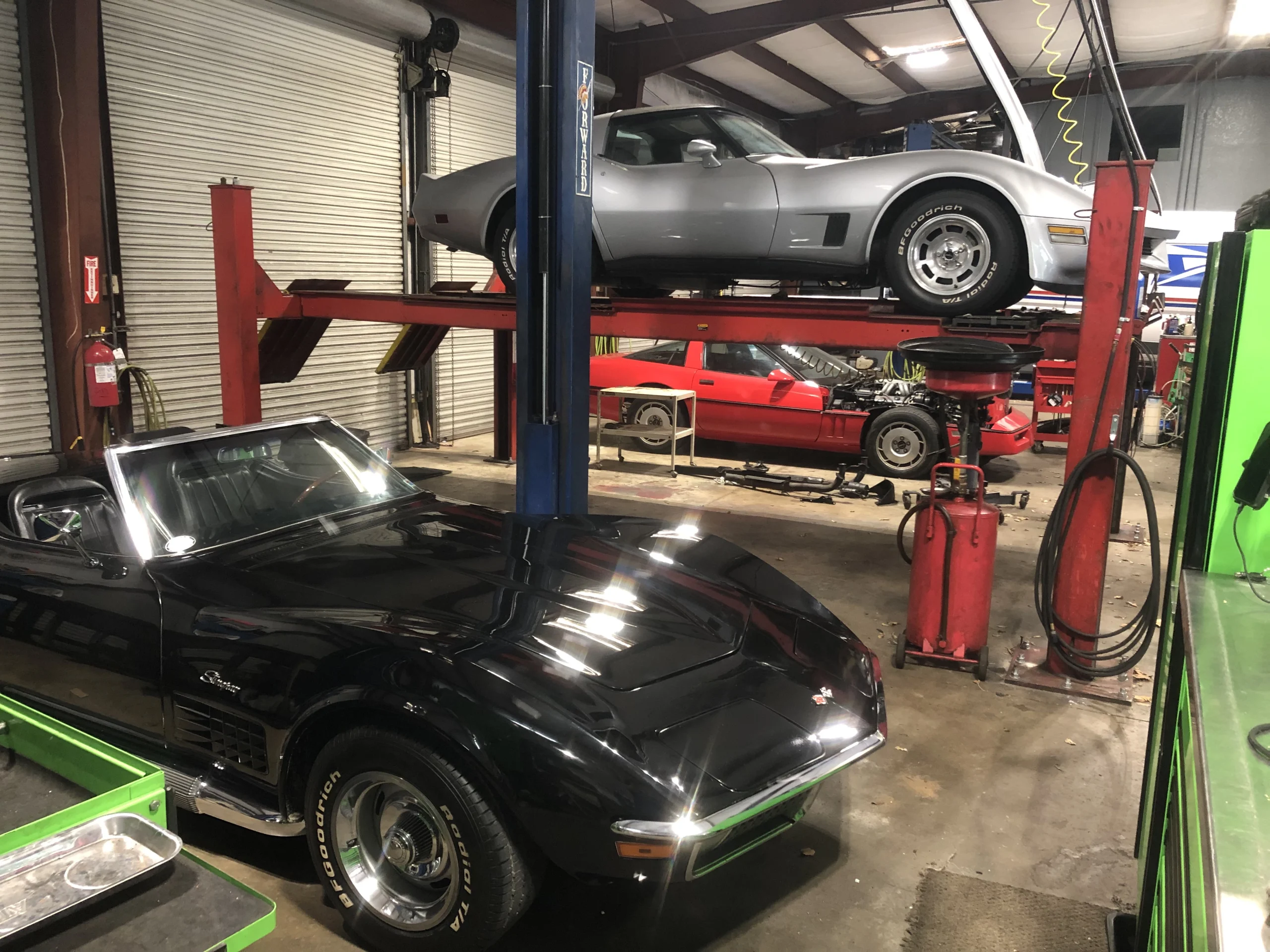
Let’s be honest: doing a diesel swap in a Corvette isn’t the most practical project. These builds aren’t plug-and-play, and you’ll be solving problems that nobody’s posted a YouTube tutorial about yet.
First off, there’s the fitment. Diesel engines are heavy and often taller or wider than the Corvette chassis was designed for. You might have to modify the firewall, redo the transmission tunnel, or fabricate custom mounts. Cooling is another big one since diesels run hot, especially under load, and need serious airflow and radiator capacity.
Then there’s the transmission. Most of these diesel engines come paired with heavy-duty truck transmissions that aren’t exactly a match for a Corvette’s stock driveline. Builders usually go with transmissions like the Allison 1000, 47RH, or A518, big units that can handle the torque, but might require custom driveshafts and mounts.
Handling can also take a hit. You’re adding a lot of weight to the front end, which can mess with the car’s balance. If you’re trying to keep things road-friendly, you’ll probably want to upgrade the suspension and brakes, too.
And of course, there’s the legal side. If you delete emissions systems, your car probably won’t pass inspection, at least not in places with strict emissions laws like California. Even registering a diesel-swapped Corvette might require jumping through some hoops, depending on where you live. But for a lot of folks in the custom car scene, these challenges are just part of the fun.
Not for Everyone, But Definitely Bold
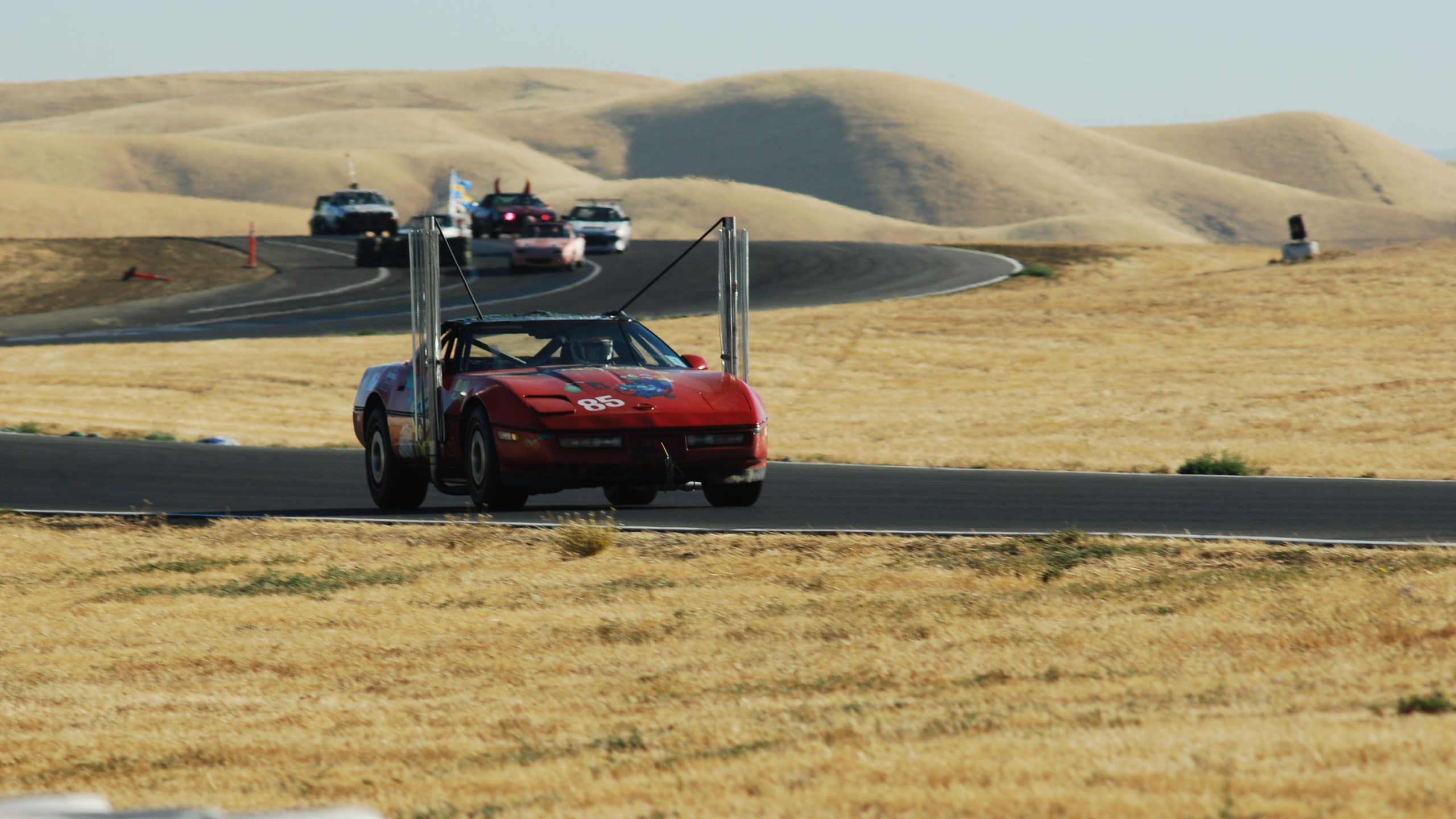
Diesel-swapped Corvettes aren’t mainstream, and they never will be. But that’s kind of the point. These builds live in that weird, wonderful corner of car culture where performance meets creativity and rules get bent (or broken).
They take serious wrenching skills, a good chunk of cash, and a willingness to get weird. But for the people who’ve done it or are thinking about it, there’s something rewarding about building a Corvette that sounds like a semi and pulls like a train.
Whether you’re after big torque, off-road capability, or just want to troll gas-only purists at Cars & Coffee, a diesel-swapped ‘Vette is one way to stand out. Just be ready to deal with the tuning challenges, legal questions, and mechanical headaches that come with doing something most people wouldn’t even attempt.


